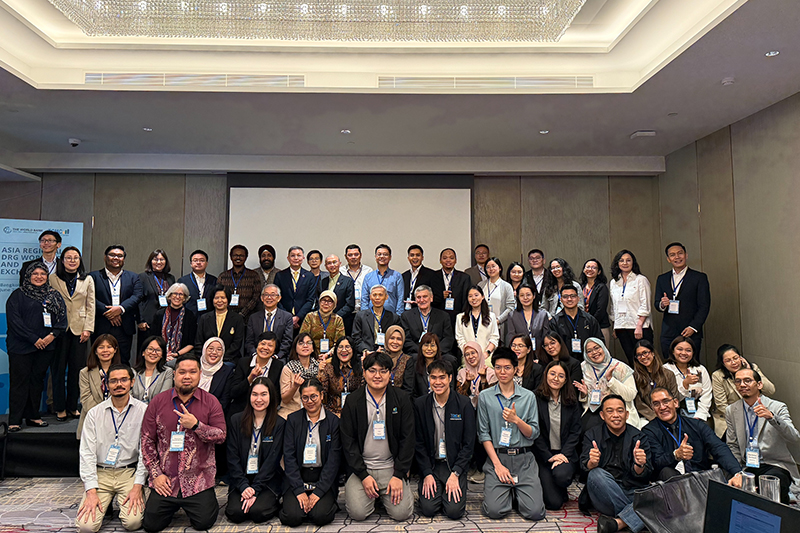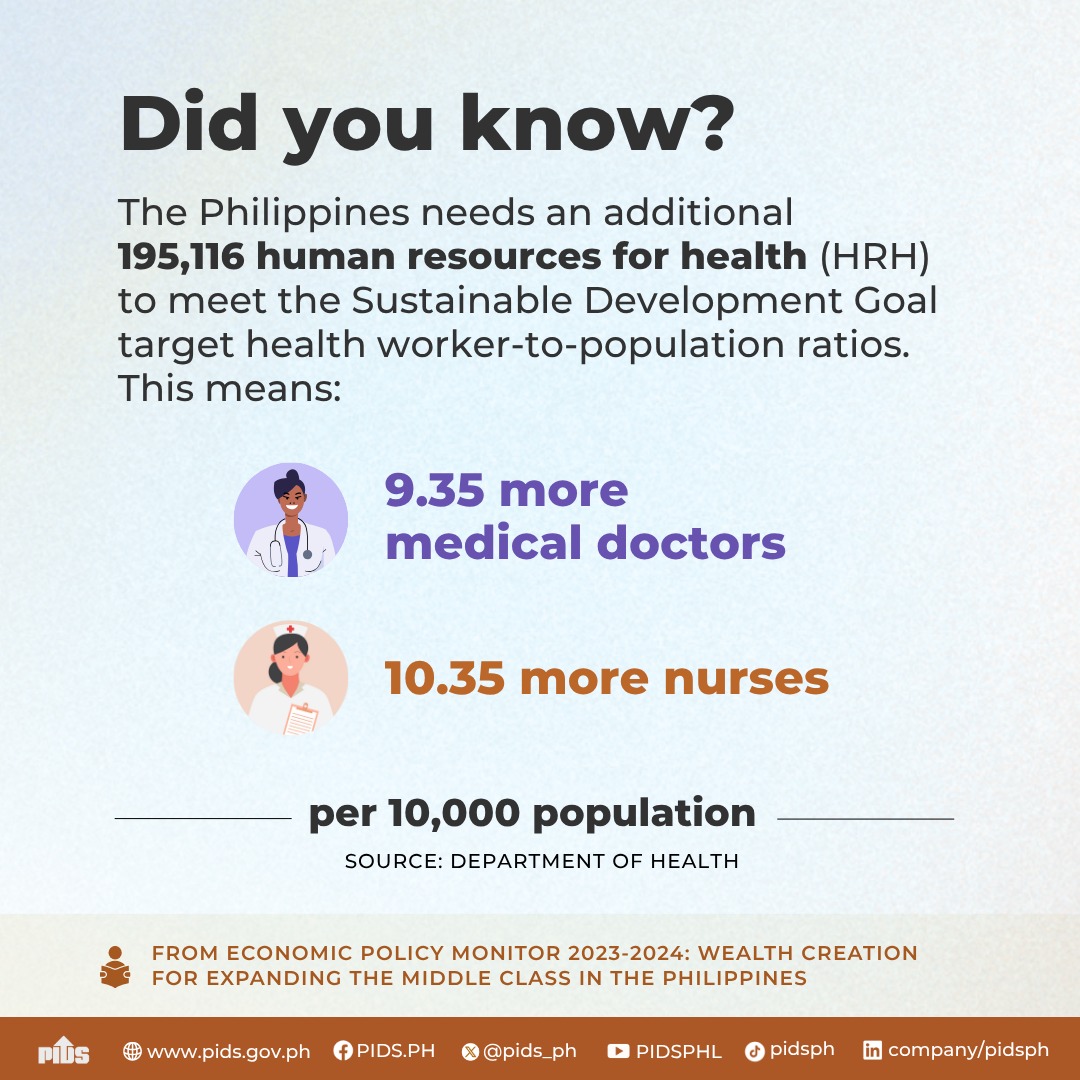
Malnutrition impairs the physical and mental development of children, affecting their quality of life, and eventual productivity and participation in society. Addressing malnutrition is still a conundrum in the Philippines, despite the existence of blueprints like the Philippine Plan of Action for Nutrition (PPAN), a six-year plan that outlines actions to improve nutrition in the Philippines, the Philippine Development Plan, and the programs of government agencies concerned with nutrition, health, and social welfare.
These were highlighted in a recent webinar that featured the PIDS study, “Tracking Nutrition Investments: Proposed Nutrition Budget Tagging (NBT) Framework and Typology for the National Government Agencies in the Philippines”, authored by Lyle Daryll Casas, Dr. Valerie Ulep, and Joy Bagas. The authors proposed a framework and systematic approach to monitoring nutrition spending across sectors.
According to Casas, there is currently no institutionalized system to monitor health and nutrition, both in the local and national levels. This gap leaves spending and critical policy questions unaddressed, including whether resources are being strategically allocated to cost-effective interventions.
“A systematic and efficient tracking system is needed to obtain regular, reliable data on the nutrition spending,” Casas explained. “This system enables decision-making to prioritize and allocate resources, and promote transparency and accountability among the implementing government agencies,” he continued. One key approach highlighted by the framework is the tracking and analyses of nutrition investments in alignment with the PPAN across various sectors.
The NBT framework uses five levels of markers used to tag nutrition expenditures, ranging from major intervention classification to specific interventions and markers for demographics and malnutrition risk factors. The process involves preparing financial data, tagging expenditures using the framework, and analyzing the information to generate reports that guide decision-making. Additionally, the data can be presented in formats that policymakers, program managers, and the public can easily understand and use.
As the framework is improved upon, the researchers also recommended pushing for policies and issuances to institutionalize the system. “Ideally, we envision the National Nutrition Council as the highest governing body in nutrition as they should spearhead the establishment or institutionalization of the system,” said Casas. This comes with capacity-building activities to facilitate the adoption of the framework, and ensure the accuracy of the data reported, ultimately leading to more efficient alignment of nutrition expenditure.
Webinar discussant Alice Nkoroi, Nutrition Manager at the United Nations Children’s Fund (UNICEF), commended the framework’s comprehensive coverage of the many complex and interrelated determinants of malnutrition. She highlighted that this intersectoral approach is essential in addressing nutrition issues and called for the establishment of ministries for nutrition in both the national and subnational levels. This will facilitate the alignment of budget, expenditures, and resources to address malnutrition more effectively in the long-term.
Nkoroi also mentioned that the UNICEF’s country program for children is aligned with the Philippine Development Plan, with strategic shifts towards public finance management for children. “Seeing this harmonization of nutrition resources tracking at the national and subnational level is a huge investment, so there may be a need to start small and gradually expand,” Nkoroi said. “UNICEF is keen on supporting work with relevant government agencies in piloting the use of these resource tracking tools, and eventually, upscaling it,” she concluded.
Watch the recording of the webinar here: https://bit.ly/pidslive111424.













